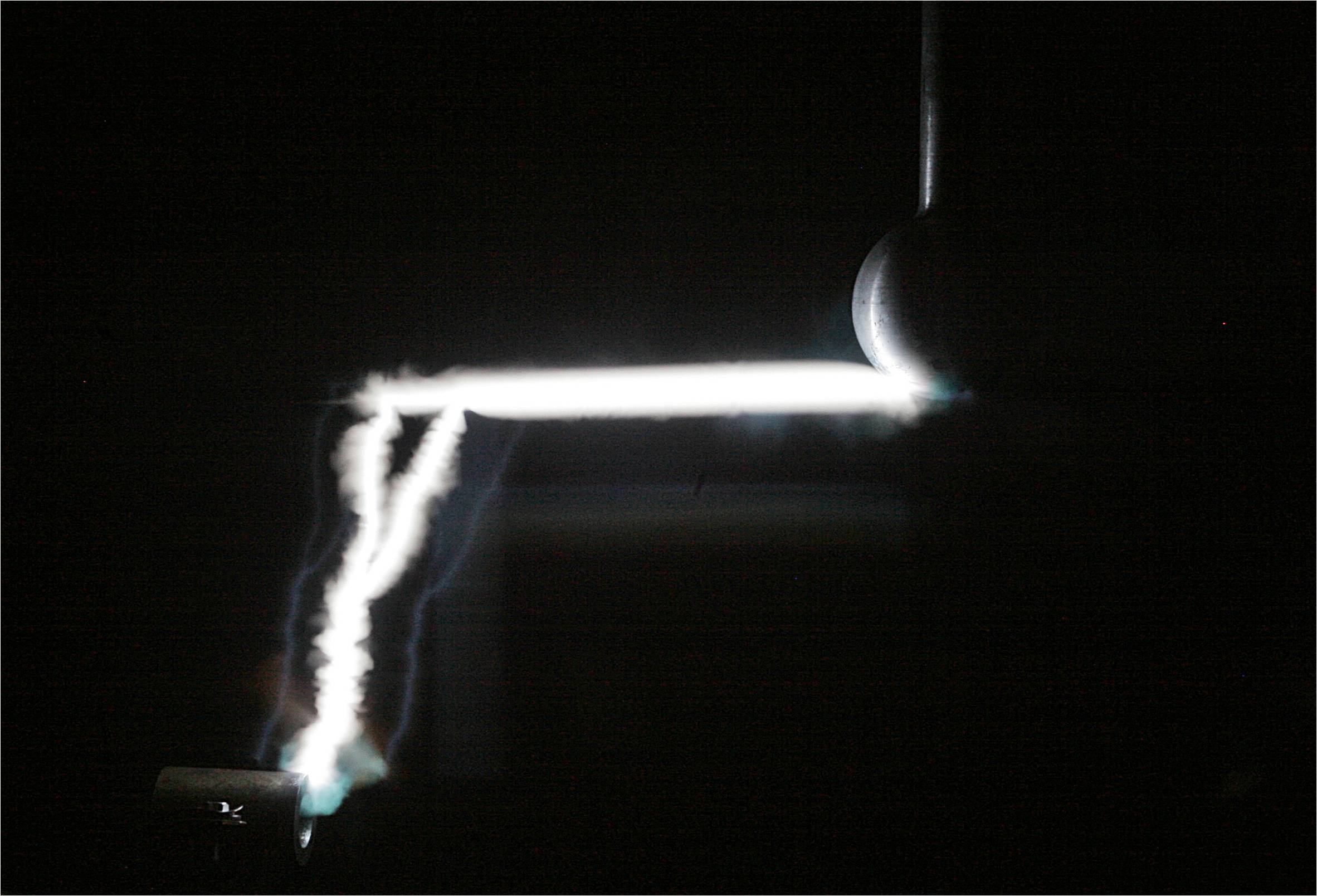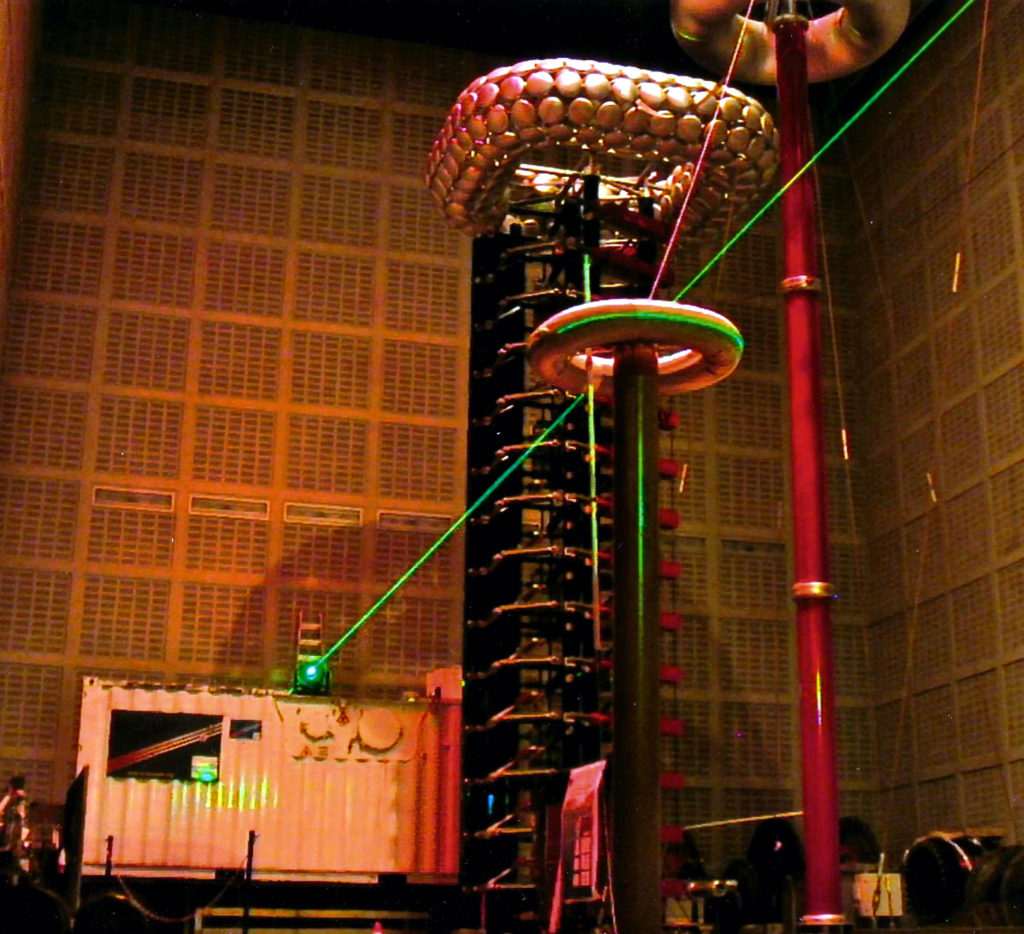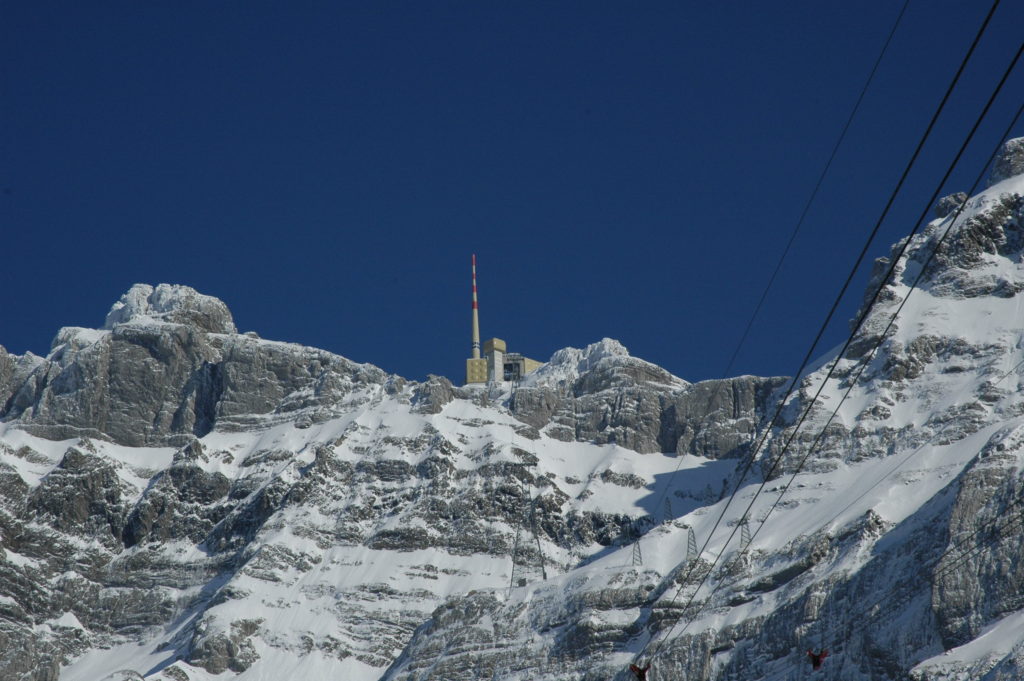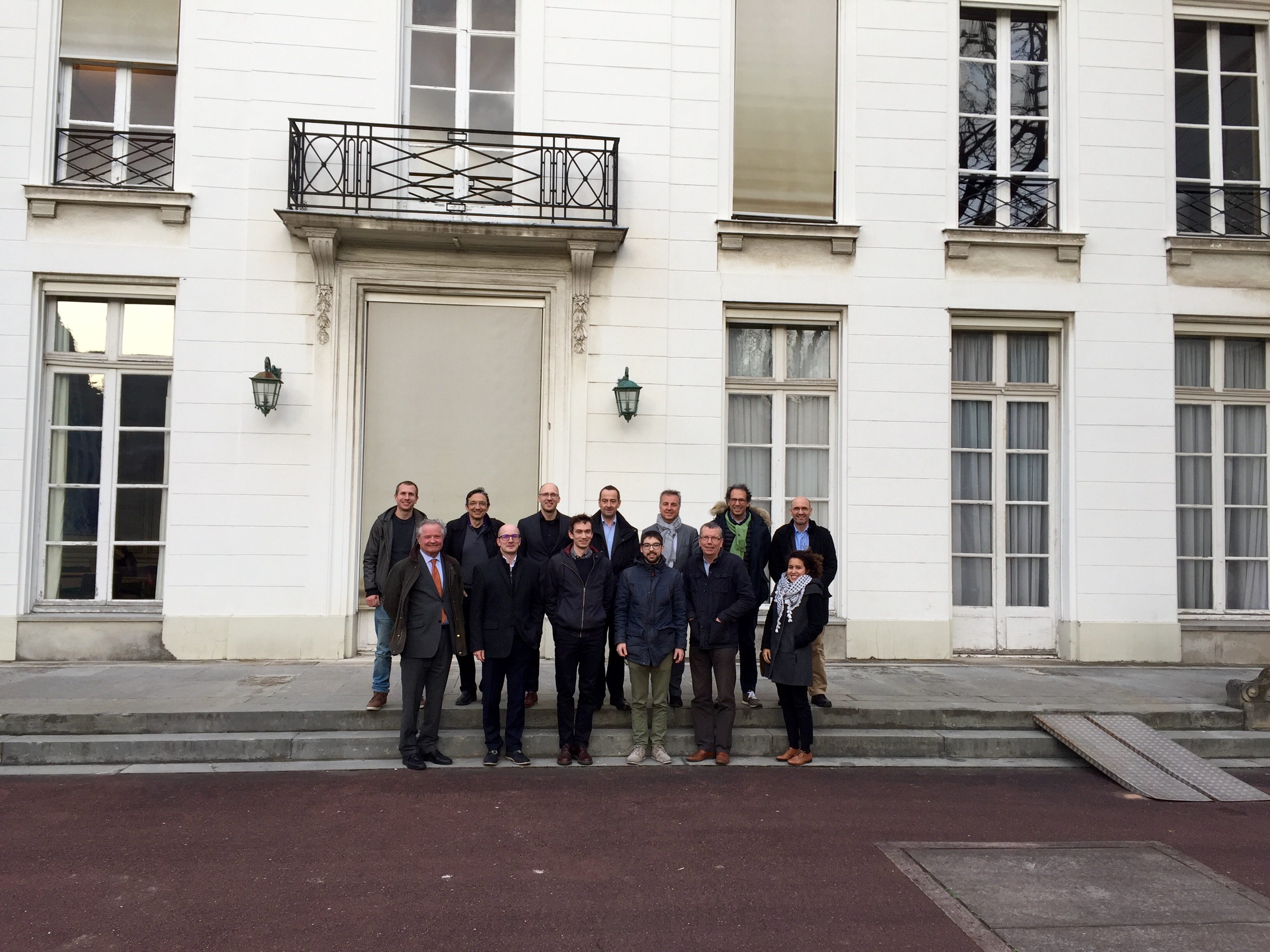Background
Although lightning protection techniques have seen considerable progress in the past, the best external lightning protection to date is still based on the concept of the lightning rod, invented by Benjamin Franklin almost 300 years ago. This kind of passive control of lightning by a metallic rod is widely used for the external protection of fixed installations. However, there are many situations where a large bulky permanent structure is not conceivable.
Our goals
We aim to develop a laser-based technique in order to stimulate the number of upward lightning flashes, transferring cloud charges to the ground and thus influencing the incidence of downward natural lightning. The laser-based system could be easily deployable for the protection of especially vulnerable installations on a temporary or a permanent basis.
Our values
Dissemination, commitment and communication: The LLR team will pay close attention to the dissemination of the results, including among young students.
LLR team
Fundamentally transdisciplinary, the project team is composed of leaders in the domains of high power nonlinear propagation of laser pulses in the atmosphere, laser control of electric discharges, lightning physics, high power laser development, and high-repetition-rate lasers. In addition, the largest European company in aeronautics brings its expertise in lightning direct effects and protection means on aircraft and infrastructures.
Background
Although lightning protection techniques have seen considerable progress in the past, the best external lightning protection to date is still based on the concept of the lightning rod, invented by Benjamin Franklin almost 300 years ago. This kind of passive control of lightning by a metallic rod is widely used for the external protection of fixed installations. However, there are many situations where a large bulky permanent structure is not conceivable.
Our goals
We aim to develop a laser-based technique in order to stimulate the number of upward lightning flashes, transferring cloud charges to the ground and thus influencing the incidence of downward natural lightning. The laser-based system could be easily deployable for the protection of especially vulnerable installations on a temporary or a permanent basis.
Our values
Dissemination, commitment and communication: The LLR team will pay close attention to the dissemination of the results, including among young students.
LLR team
Fundamentally transdisciplinary, the project team is composed of leaders in the domains of high power nonlinear propagation of laser pulses in the atmosphere, laser control of electric discharges, lightning physics, high power laser development, and high-repetition-rate lasers. In addition, the largest European company in aeronautics brings its expertise in lightning direct effects and protection means on aircraft and infrastructures.




